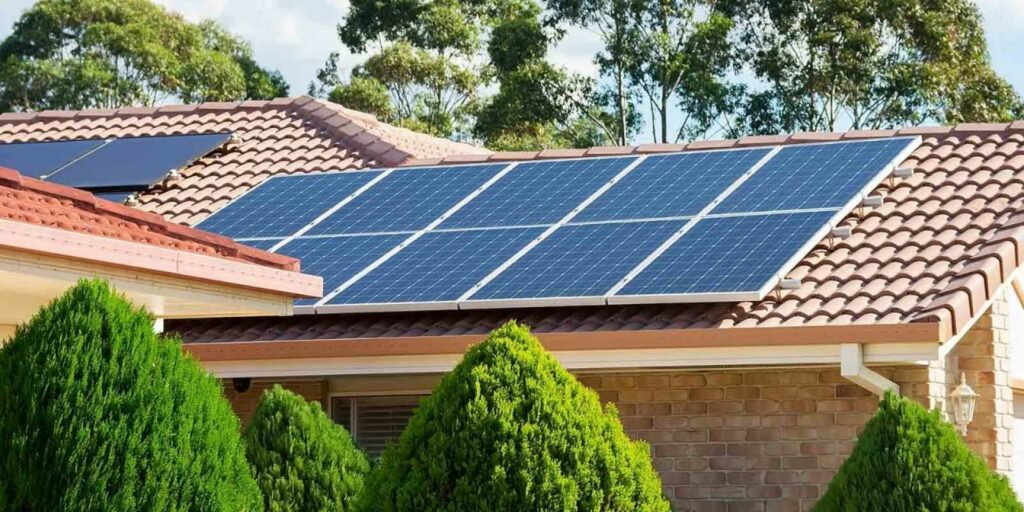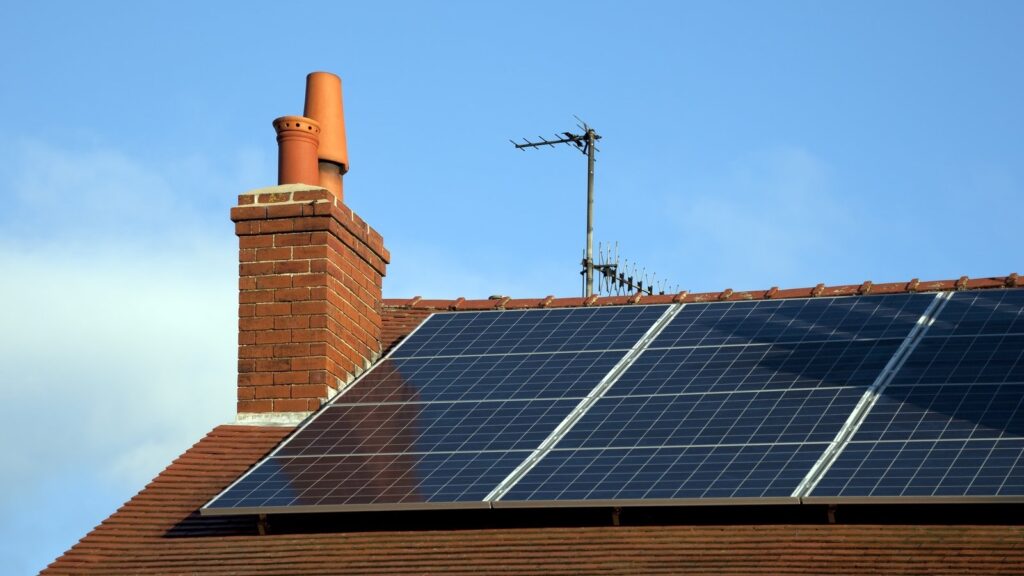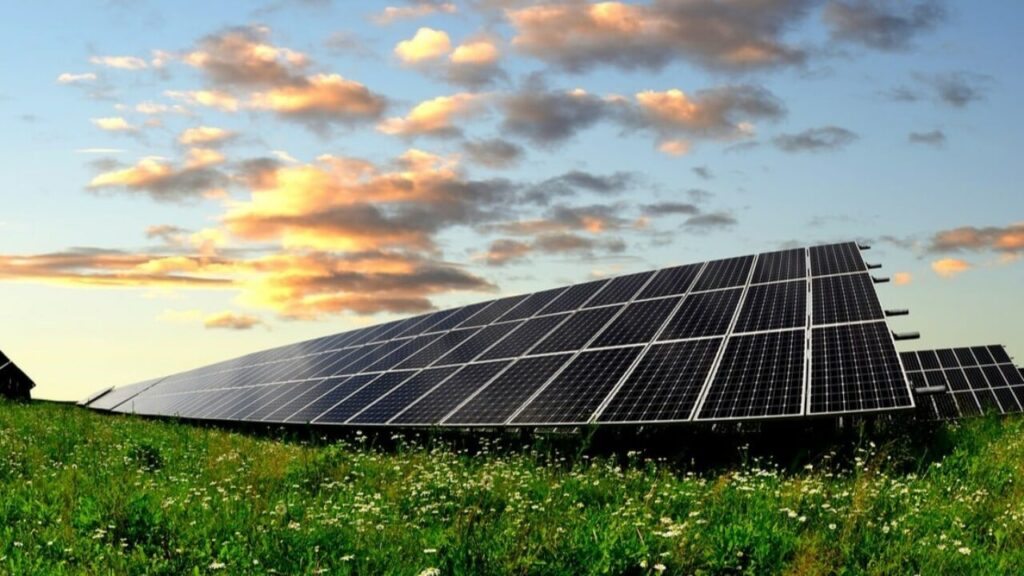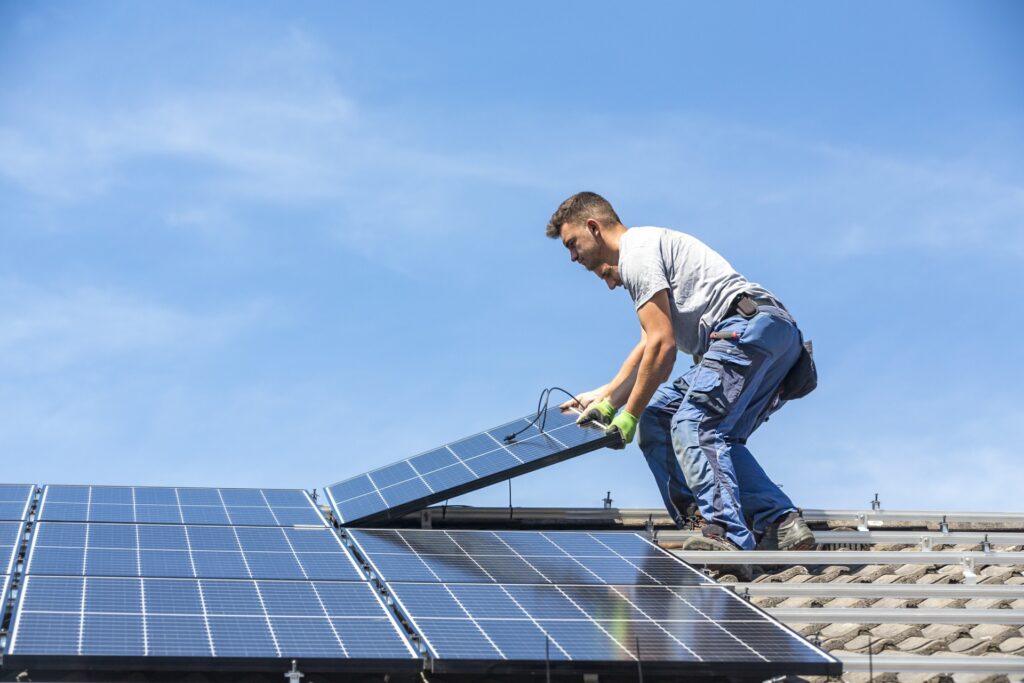Renewable and clean energy sources are the future of our planet. The wind, rivers, and the sun are the three main sources of renewable energy. Solar power is one of the most ideal solutions when it comes to places such as Australia. The more sunny days, the more power we can harness, and the less we pollute our environment. For a true solar-dependant household, off-grid systems are the ideal way to go.

Off the grid solar systems can truly help us produce 100% clean energy. Since we are not tied to the grid, we don’t have to use any of the power that comes from it. While this can create some uncertainty as there is no sun shining at night, we have enough sun during the day to help our homes run on solar power at all times. Even if there’s a cloudy day, you can still harness enough power to keep your household running without the help of power from the grid.
Benefits of an Off-Grid Solar Power System
Lower Electricity Costs
Since you don’t rely on the local utility company to send power to your home, you don’t have to pay anyone for it. You can go solar and save a substantial amount of funds, but going off-grid can help you save even more. Although there is a high initial cost when going off the grid, it pays off in the long run, since you’ll have low monthly rates paying off the system. Solar power systems off grid also have low maintenance costs, so you don’t have to worry about upkeep and servicing.

No More Power Outages
Something that can happen out of nowhere and leave your work undone or meal uncooked are power outages. This is something that is non-existent with an off grid solar power system. The sun can’t suddenly switch off and even if by some miracle it does, you’ll still have power left in the batteries to use.
Environmental Benefits
A big factor that affects everyone is the way off the grid solar systems help preserve our environment. While grid-tied solar systems do the same, they are still somewhat supporting fossil fuel-generated electricity. Off grid power solar systems are great if you live in a rural area too, since sometimes getting connected to the grid is far more time consuming and expensive, or even straight out impossible.
Simple Installation
If you think an off grid solar power system will be harder to install than a grid-tied one, well you’re wrong. The process is about the same, and at times it can also be much more straightforward, depending on your application and location.
How to Build an Off Grid Solar System
Load & Power Needs
When building solar power systems off grid, the first thing you should do is calculate your energy needs and the amount of power that your household needs to operate for 24 hours. To do this, list all your appliances, as well as their power consumption in a day. Then, calculate the watt-hour by multiplying the power rating of a product by its daily runtime. The watt-hours are the load that needs to be sent to your household every day to keep everything running.
Panels
Next comes the selection of solar panels. We all know what they do, but it’s important to find out how many of them you’ll need. The higher the load you need to power your household, the higher the number of solar panels you’re going to have to install. You also want to consider the position and sun exposure the panes will be getting. This will decide the type of solar panels you’ll need to get, and their power harnessing capacity.

Batteries
Just like the power needs of your household determines the number and type of solar panels you need, it also plays a huge role in the number and size of batteries you’ll need to store the harnessed power. If you are going to power a small home, then you can go with a 12/24 V battery. But if you are going to power high-demanding buildings, then you should go for a 48V battery. The best battery for an off-grid system is going to be a deep cycle battery that can store the full harnessing power of your panels.
Inverter
The inverter is the device that will convert the DC power coming from the panels to AC power so it can be used by household appliances and devices. There are pure sine wave and modified sine wave inverters. Pure sine wave inverters are compatible with the majority of household appliances which makes them more efficient. Modified sine wave inverters are not going to be suitable for most devices that run on motors, but are more affordable than pure sine wave inverters.
Charge Controller
To help regulate the current and voltage coming from the solar panels, you’ll need a charge controller. You can get either an MPPT or PWM controller with the former being a highly efficient device but a costly one too. A PWM controller is a fairly affordable controller which offers satisfying results, but not when you have high power demands.
























